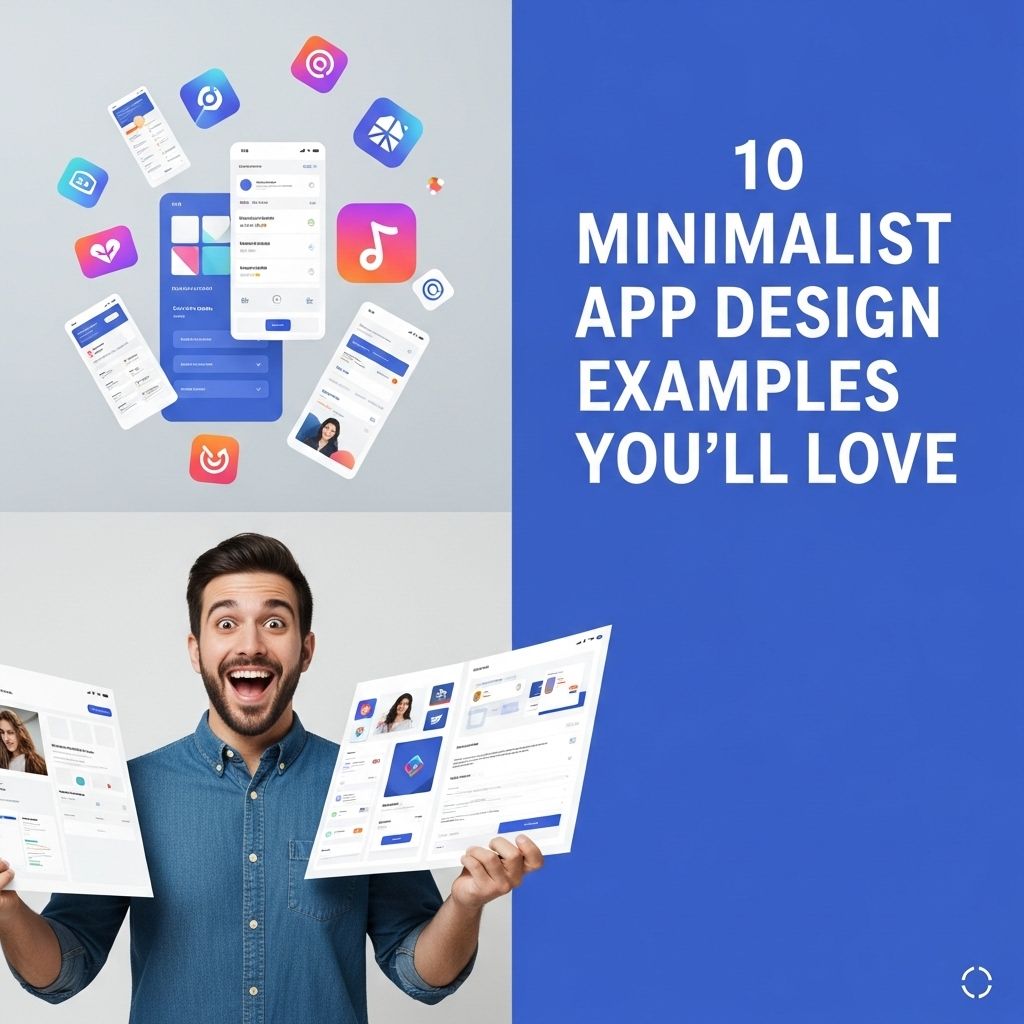In the world of design, a striking poster can capture the essence of an event, a message, or a brand in a unique and memorable way. With the advent of digital platforms and printing technology, poster design has evolved significantly, allowing designers to experiment with layouts, typography, and colors more than ever before. This article delves into some of the most stunning poster design layouts that every designer should consider integrating into their repertoire.
Understanding Poster Design
Before diving into specific layouts, it’s essential to understand the fundamentals of poster design. A poster is not merely a piece of art; it is a vehicle for communication. To be effective, it should:
- Convey a message clearly and succinctly.
- Be visually appealing to grab attention.
- Utilize space effectively to guide the viewer’s eye.
- Incorporate typography that complements the design.
Key Elements of Poster Design
Visual Hierarchy
Establishing a visual hierarchy is crucial in guiding the viewer’s attention. This can be achieved through:
- Size: Larger elements draw more attention.
- Contrast: High contrast creates focal points.
- Positioning: Strategic placement affects how the eye moves.
Typography
Typography is often considered the backbone of poster design. The choice of typeface can set the tone for the entire poster. Here are some tips:
- Choose legible fonts that complement your theme.
- Limit your typeface selection to two or three for coherence.
- Consider varying weights for emphasis.
Stunning Poster Design Layouts
1. Minimalist Layout
Minimalism focuses on simplicity and clarity. A minimalist poster often uses a significant amount of white space to emphasize the message.
2. Grid-Based Layout
A grid layout is structured and organized, making it perfect for posters that need to present information clearly. This layout can help in aligning text and images harmoniously.
| Element | Description |
|---|---|
| Consistency | Using a grid ensures that elements are spaced evenly. |
| Alignment | Facilitates a professional look by aligning text and images. |
3. Asymmetrical Layout
Asymmetrical designs break the traditional symmetry rule, creating a dynamic and modern feel. This layout can be particularly engaging when using contrasting colors and images.
4. Typography-Centric Layout
In this layout, typography takes center stage. This could involve using oversized fonts, unique typefaces, or creative typography arrangements that become the main focal point of the poster.
5. Collage Layout
A collage layout combines various images and text in a layered format. This approach can effectively convey a narrative or a theme through a rich visual experience.
6. Illustrative Layout
Using custom illustrations can add a unique touch to a poster. This layout often involves hand-drawn elements that align with the poster’s message or brand identity.
7. Photo-Driven Layout
A photo-driven layout prioritizes imagery over text. Stunning visuals can evoke emotions and create an immediate connection with viewers.
8. Infographic Layout
For posters that aim to present data or statistics, an infographic layout is ideal. This layout combines text and visuals, such as charts and graphs, to convey information succinctly.
9. Retro/Vintage Layout
Retro layouts draw inspiration from past design trends, using vintage colors, textures, and typography. This style can evoke nostalgia and appeal to audiences looking for something unique.
10. Dynamic Layering
Layering elements can create depth and visual interest. By overlapping images and texts with varying opacities, a dynamic layering effect is achieved that grabs attention.
Best Practices for Poster Design
Here are some best practices when creating stunning posters:
- Use High-Quality Images: Ensure all images are high resolution to avoid pixelation.
- Test Different Layouts: Experimenting with various designs can lead to discovering the most effective layout.
- Gather Feedback: Sharing drafts with peers can provide valuable insights.
- Stay Updated: Keep an eye on design trends to ensure your posters remain relevant.
Conclusion
Poster design is an art that combines creativity, strategy, and communication. By understanding essential layouts and design principles, you can create stunning posters that not only capture attention but also convey messages effectively. Whether you prefer minimalist designs or vibrant collages, experimenting with different layouts will enhance your skills and broaden your design capabilities. The key is to find a balance between creative expression and functionality to create posters that inspire and inform.
FAQ
What are the essential elements of a stunning poster design?
A stunning poster design typically includes a strong focal point, a clear hierarchy of information, appealing color schemes, high-quality images or graphics, and readable typography.
How can I choose the right color scheme for my poster?
To choose the right color scheme for your poster, consider the emotions you want to evoke, use a color wheel for complementary colors, and ensure that the colors align with your brand identity.
What typography tips should I follow for effective poster design?
For effective poster design, use no more than two or three font types, ensure legibility from a distance, and create contrast by mixing bold and light fonts.
How do I ensure my poster design is print-ready?
To ensure your poster design is print-ready, use the correct resolution (300 DPI), check color modes (CMYK for print), and confirm that all text is outlined or embedded.
What software can I use to create stunning poster designs?
Popular software for creating stunning poster designs includes Adobe Illustrator, Adobe Photoshop, Canva, and CorelDRAW, each offering unique features for various design needs.
What common mistakes should I avoid in poster design?
Common mistakes to avoid in poster design include overcrowding the layout, using too many fonts, neglecting white space, and failing to prioritize the most important information.




